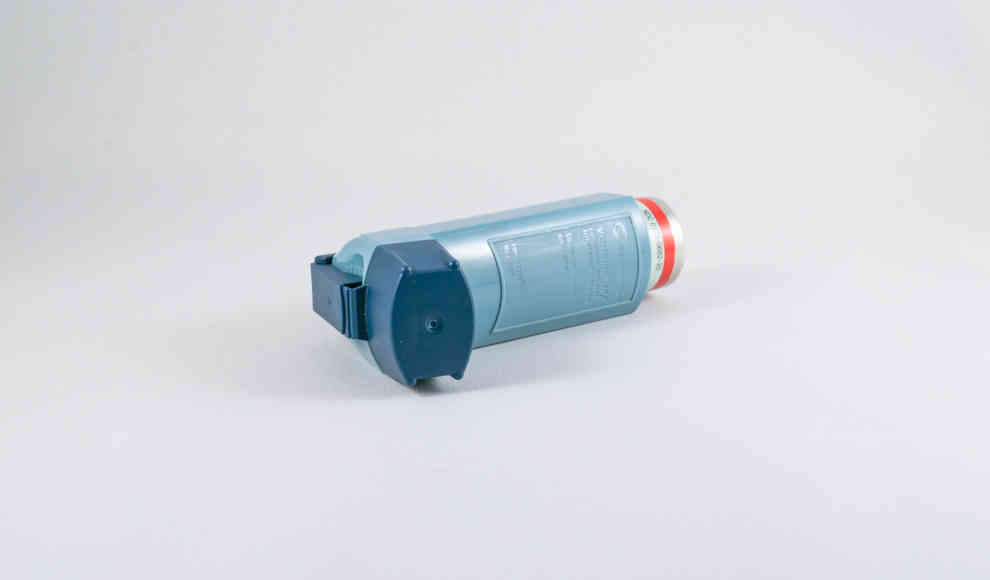Obesity is known to increase the risk of various health problems, including asthma. According to a study conducted by Duke University, children with obesity have a 17% higher risk of developing asthma than their normal-weight peers, while the risk increases to 30% for those who are obese. However, the reason behind this link was not clear until now. Researchers from the University of Western Australia have found that excess fat tissue can accumulate in the airways and lungs, leading to the development of asthma.
The study, published in the European Respiratory Journal, analyzed lung tissue samples from 52 participants, some of whom had asthma and some who were healthy. The results showed that excess fat tissue was present in the airways and lungs of overweight and obese individuals, and there was a direct correlation between the amount of fat tissue and the body mass index (BMI) of the participants. This excess fat tissue can thicken the airway walls and trigger inflammation, leading to the development of asthma or worsening of asthma symptoms.
Co-author of the study, Peter Noble, explained that the findings suggest that the wheezing commonly experienced by overweight individuals is not just due to the pressure on the lungs but also due to actual changes in the airways. The researchers hope to conduct further studies to determine if weight loss can reverse the accumulation of fat tissue in the airways and develop a method to accurately measure fat tissue in the lungs.
This study sheds light on the importance of maintaining a healthy weight to prevent the development of asthma and highlights the need for further research to better understand the link between obesity and respiratory diseases. As lead author John Elliot stated, “This is an important finding that advances our understanding of the relationship between obesity and asthma and may explain why asthma symptoms worsen for some people as they gain weight.”










